
May 22, 2025
Festival of Outdoor Photography countdown: don’t miss Tim Flach’s talk on wildlife portraiture
With just over a week to go to the Festival of Outdoor Photography, we profile the must-see wildlife portrait master, Tim Flach
Currently Trending:
Advertisement
Wherever you live there’s always great potential for photo opportunties by trying your hand at bird photography.
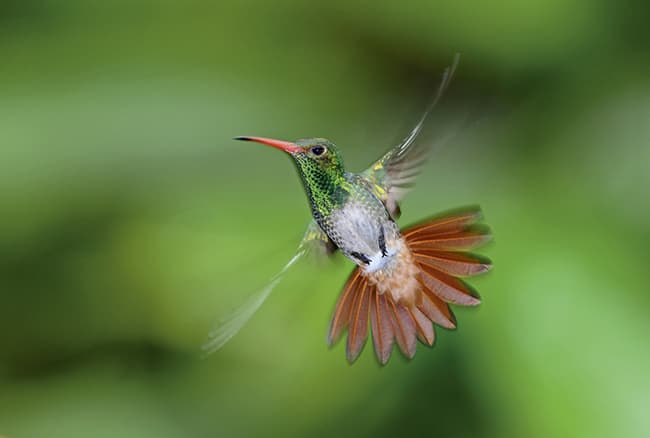 Image: copyright David Tipling
Image: copyright David Tipling
Wildlife photographer, David Tipling recommends the following kit for taking great images of birds.
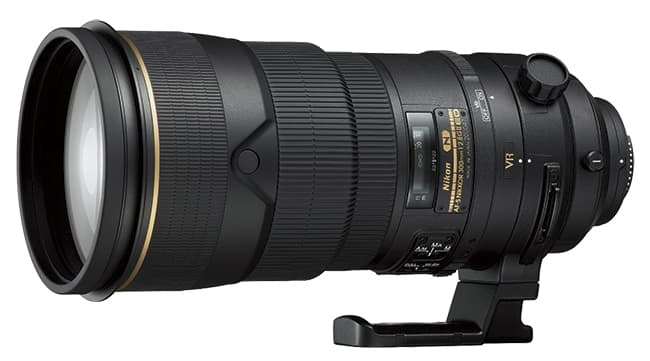 Ideally, you need a lens that is 300-500mm in length, but light enough to handhold. However, a longer and heavier telephoto on a tripod may be better for more distant subjects.
Ideally, you need a lens that is 300-500mm in length, but light enough to handhold. However, a longer and heavier telephoto on a tripod may be better for more distant subjects.
 A remote trigger is useful when photographing smaller birds in the garden. It is often easier to set up a shorter lens focused on, or just before, the perch, which is connected to a trigger that enables you to fire your camera.
A remote trigger is useful when photographing smaller birds in the garden. It is often easier to set up a shorter lens focused on, or just before, the perch, which is connected to a trigger that enables you to fire your camera.
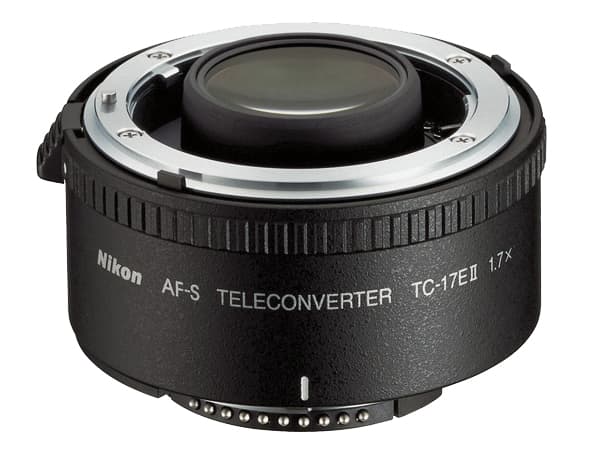 If you want that extra reach but don’t want to invest in another lens, a teleconverter is a great compromise. A 70-200mm f/2.8 telephoto zoom with a 1.7x teleconverter will increase the work focal length to 119-340mm, although the maximum lens aperture is reduced by 1.5 stops.
If you want that extra reach but don’t want to invest in another lens, a teleconverter is a great compromise. A 70-200mm f/2.8 telephoto zoom with a 1.7x teleconverter will increase the work focal length to 119-340mm, although the maximum lens aperture is reduced by 1.5 stops.
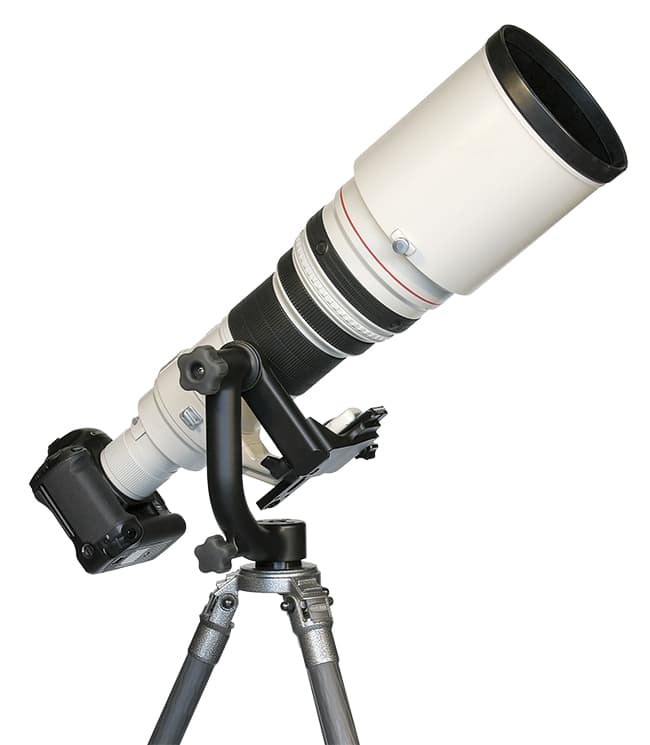 A gimbal head allows you to keep my heavy telephoto lens and camera centralised.
A gimbal head allows you to keep my heavy telephoto lens and camera centralised.
Follow these tips for all you need to know on how to take better bird pictures in your own garden:
David Tipling’s top tips, for shooting birds in flight:
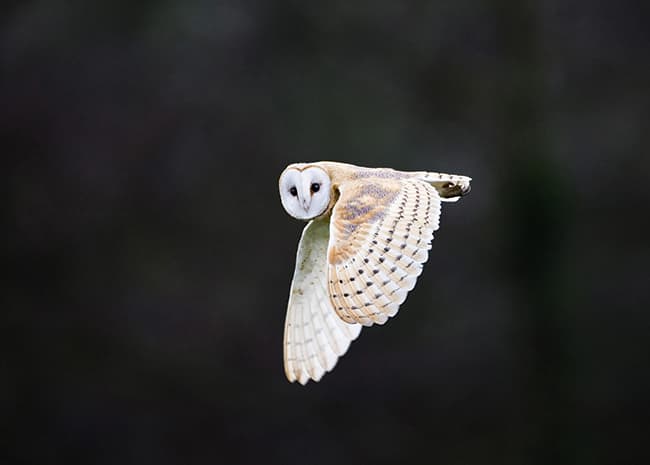 Image: Copyright David Tipling
Image: Copyright David Tipling
The number-one essential technique to master is panning, which involves simply following the bird in flight as it flies in front of you. Your most pleasing shots will be as the bird starts to draw level with the camera, so stop shooting once your subject is flying away.
 Image: Copyright David Tipling
Image: Copyright David Tipling
By using a slow shutter speed, anything from 1/8sec to 1/50sec will result in some pleasing blurs that can elevate an ordinary flight shot into a piece of art! It can be a bit hit and miss, so vary the shutter speeds if you have repeated chances to find the shot that works best.
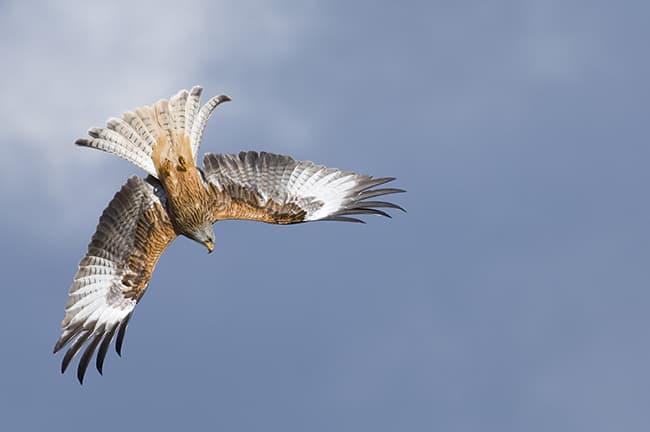 Image: Copyright David Tipling
Image: Copyright David Tipling
A shot of a bird that is stuck in the middle of the frame can be uninspiring. One option is to shoot the bird centred and smaller in the frame, then crop for a better composition later. With this red kite, due to repeated opportunities, I placed the AF sensor at the top left of my viewfinder.
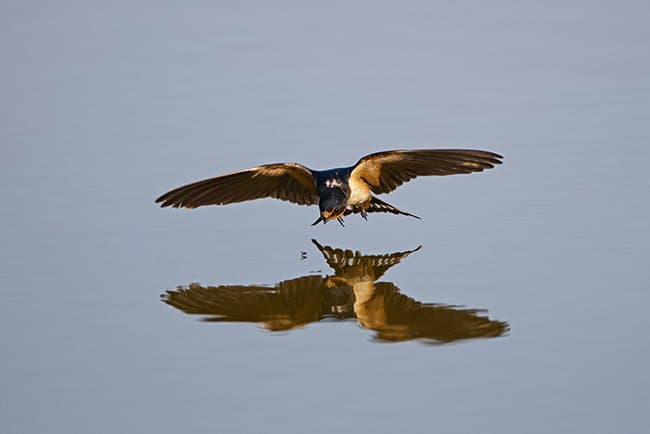 Image: Copyright David Tipling
Image: Copyright David Tipling
There are times when a camera’s AF is simply not quick enough. This swallow was catching flies over a pool, but had such an erratic flight pattern that it was impossible to track. I therefore focused on a fly and then waited for the bird to approach, firing off frames as it came into focus.
 Image: Copyright David Tipling
Image: Copyright David Tipling
If photographing large flocks, such as these barnacle geese, try to use a large depth of field to give the image a feeling of depth with as many birds in sharp focus as possible. This image was taken with a 500mm lens at f/9 to provide the depth of focus I wanted.
 Image: copyright David Tipling
Image: copyright David Tipling
David’s tips for shooting flocks of birds:
Using a wide depth of field when photographing a large flock will enhance a feeling of depth to your image. Conversely, a shallow depth of field can help to single out individuals or small groups of birds when used in conjunction with a long lens.
A wideangle lens can allow the landscape – whether wild or urban – to become an integral part of the image, resulting in a dramatic photograph.
Using a slow shutter speed of 1/15sec or less can create pleasing blurs when photographing restless knots or when big flocks are on the move.
 Image: copyright David Tipling
Image: copyright David Tipling
Scour the internet and bird forums for up-to-the-minute information on roosts. Many new locations, in addition to annual sites, pop up each winter, and you may find that a spectacular roost is occurring close to where you live. Bird forums can offer plenty of useful information.
There are a few sites situated around the UK that really stand out for great bird photography.
These centres are particularly good for flight photography in winter, when ducks, geese and swans are present in large numbers. Top spots include Slimbridge Wildfowl & Wetland Trust reserve in Gloucestershire, Martin Mere near Liverpool, Caerlaverock in Dumfriesshire and Welney on the Ouse Washes in East Anglia.
Visit www.wwt.org.uk
The UK hosts some of the world’s most impressive seabird colonies, and a few of the best for photography are the Farne Islands in Northumberland, Bempton Cliffs in East Yorkshire, Fowlsheugh RSPB Reserve in Aberdeenshire and Skomer Island, off the Pembrokeshire coast.
Visit www.welshwildlife.org, www.rspb.org.uk and www.nationaltrust.org.uk
Feeding stations at Gigrin Farm in Mid Wales and at Bellymack Hill Farm, near Laurieston in Dumfries & Galloway, are great for red kites. In summer, Rothiemurchus Fishery at Aviemore in the Scottish Highlands offers spectacular sights of ospreys exploding out of the water clutching fish.
Visit www.gigrin.co.uk, www.gallowaykitetrail.com and www.rothiemurchus.net
More bird photography guidance and articles:

May 22, 2025
With just over a week to go to the Festival of Outdoor Photography, we profile the must-see wildlife portrait master, Tim Flach

September 24, 2024
The Bird Photographer of the Year 2024 winners have been announced! An impactful image by Patricia Homonylo has won the overall prize.

July 23, 2024
We speak to three award-winning photographers to find out their top tips for capturing unique and inspiring bird photography

February 20, 2024
Capturing fast-moving birds and animals, whether from the garden or out in the wild take a lot of planning. Follow Ben Hall's guide.
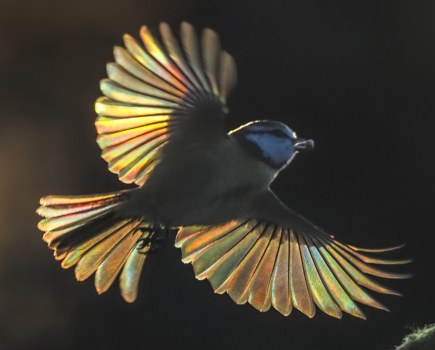
December 31, 2023
Andrew Fusek Peters reveals how hard work and the right gear enabled him to capture this stunning shot of early light through a garden bird's wings

June 12, 2023
Transform your own back garden into a haven for wild birds, to provide you with endless photographic opportunities all year round
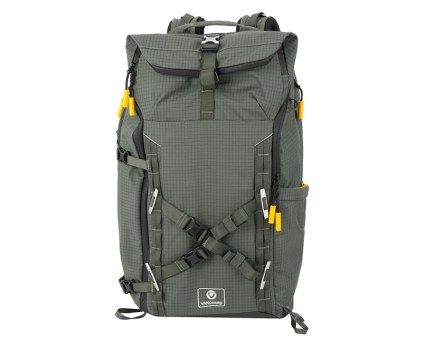
May 26, 2023
Vanguard's new VEO Active Birder 56 has been designed to carry a full-sized spotting scope tripod with the tripod straps provided.

January 24, 2023
The winter months see millions of starlings migrate to the UK, which results in their highly photogenic murmurations. Two skilled pros share their creative tips
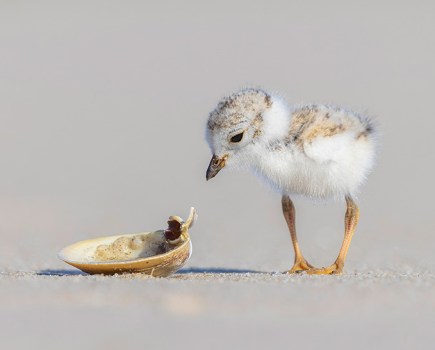
December 13, 2022
The winning photo for the Bird Photographer of the Year 2022 was 'Piping Plover chick finds a shell' by Sarah Keates from the United States.
Celebrating all things in the documentary photography and photojournalism!
With world class speakers, you will hear how they have captured some of the world's best known documentary images and how you can too.
• Meet award-winning photographers
• Hear the stories behind the images
• Learn from leading industry insiders